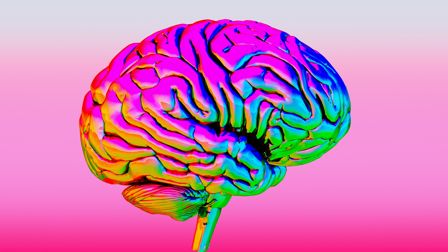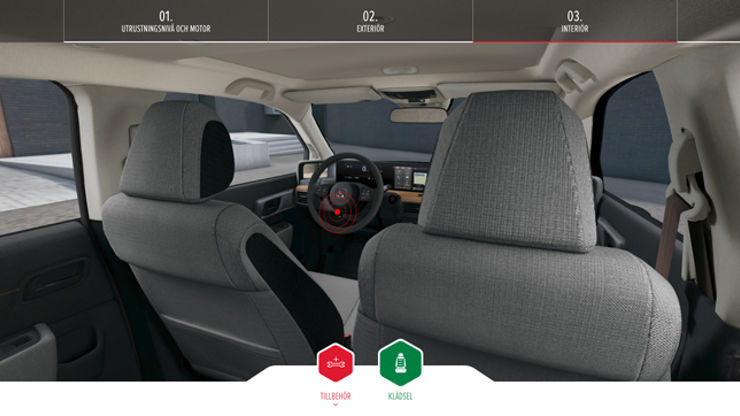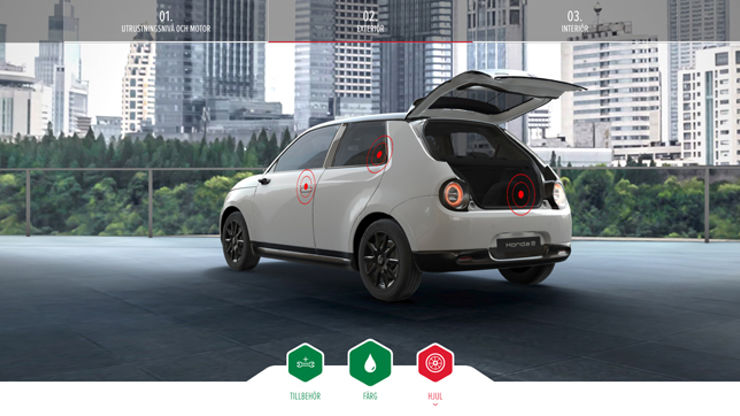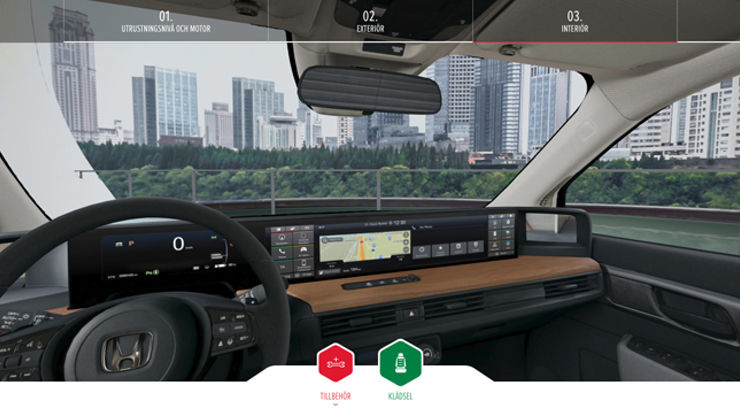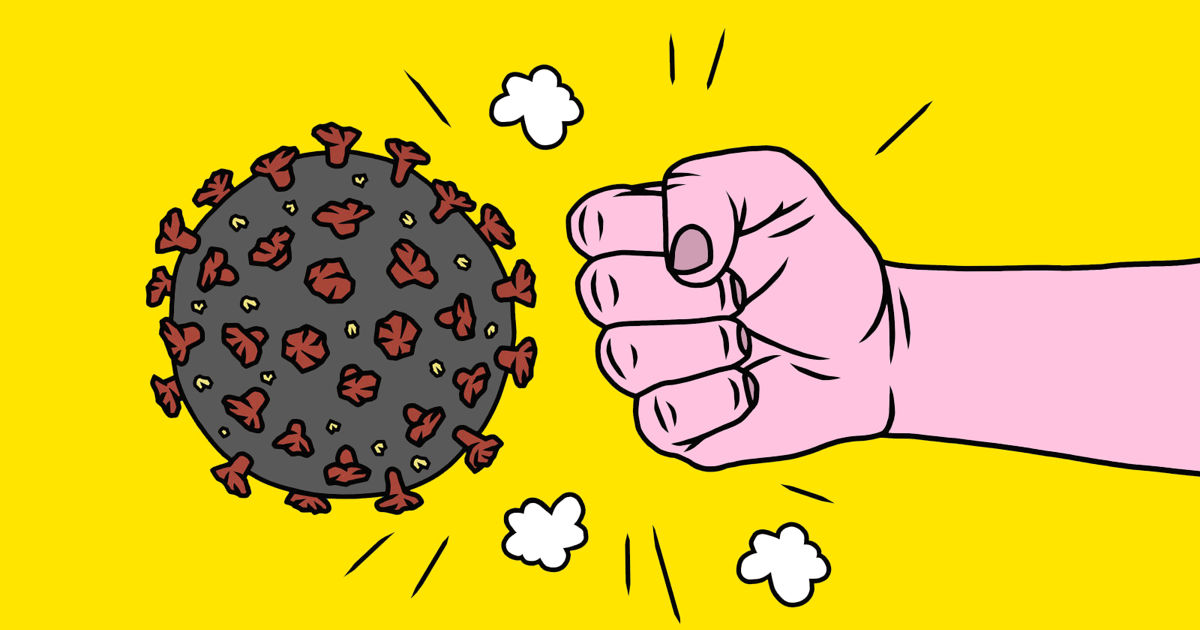The state of advertising in a post-Covid world
Chris Christodoulou, CEO of Saddington Baynes, looks at how the last 12 months have impacted the industry, from the wider adoption of digital production, the growth of discerning online consumers and the need for brand authenticity.
When it comes to the impact of the Covid-19 pandemic on advertising budgets, opinion amongst industry experts seems to be divided.
Whilst some have speculated a hit worse than the financial crisis of 2009, others predict a massive rebound taking place this year and the next. But perhaps what we can all agree on is the effect it has had on content production. With brands and agencies suddenly tightening belts and being more mindful about how they allocate their financial resources, methods of production traditionally enjoyed have now shifted.
With brands and agencies suddenly tightening belts... methods of production traditionally enjoyed have now shifted.
It is simply not worthwhile – or viable, given social distancing measures – to fly a physical asset from America to Australia for a brochure shoot on the top of a mountain. Or to create complex-build sets only to deconstruct them a few days after.

Above: There has been a notable impact on budgets since the coronavirus pandemic, but can the economy bounce back?
The advent of digital production
As marketers find themselves restricted on both economic and creative levels like never before, CGI will continue to prove itself as a trusted alternative for content creation. It allows brands to resume their productions and marketing campaigns without the need for human interaction and repeatable costs that often accompany live-action shoots.
There will be those who prefer the flexibility and creative process of CGI, and some who simply won’t feel comfortable with travelling to a location or being in a studio for some time yet.
When we leave the pandemic in the past, I foresee a return to some of the traditional methods as there will be a natural craving, from both brand and agency sides, to get back on set. In that case, CGI may potentially fall out of favour. However, there will be those who prefer the flexibility and creative process of CGI, and some who simply won’t feel comfortable with travelling to a location or being in a studio for some time yet. Those who are more risk averse will realise that beautiful content can be created remotely for all sorts of needs.
A new generation of discerning consumers
There has been a clear shift towards digital production as CGI becomes, more and more, a fundamental piece of a creative’s toolkit. But the pandemic hasn’t only changed the way we create branded content, it has also changed the way we consume it.
The pandemic has, among countless other things, affected people’s work and their ability to earn money. Since shock often drives shop – commonly known as retail therapy – I believe there will be some consumers with disposable income willing to spend on luxury products. But the majority, impacted by the economic fallout from Covid and having been either furloughed or laid off, will be more conscious about their shopping behaviours as their perspective of the world has changed.
Since shock often drives shop I believe there will be some consumers with disposable income willing to spend on luxury products.
Milton Pedraza, founder of the Luxury Institute, predicts the demand for luxury goods will be far less than supply, and foresees a move to resale sites, as people sell their luxury possessions out of necessity. In fact, a study by McKinsey shows that sales for 2020’s spring season in the luxury goods industry were as much as 70% lower than the year before. This shift is going to create a new generation of discerning consumers who are going to be a lot more considerate about what they buy. Brands and agencies, in turn, will have to offer better online consumer experiences that not only informs clients about their products but also educates them.
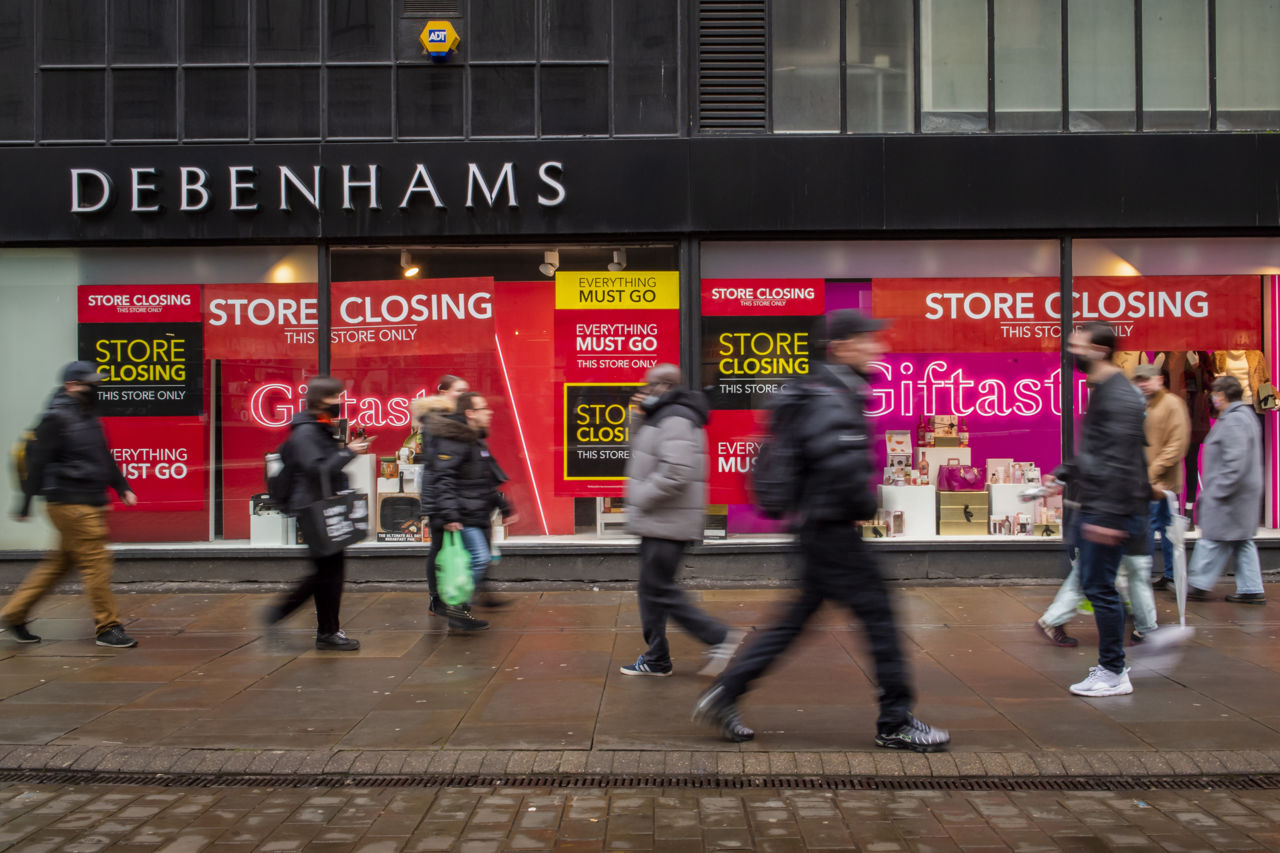
Above: With physical shops unable to trade through large periods of the pandemic, online shopping, already a huge area, has seen unprecedented growth.
Online shopping is here to stay
This improved online experience can be more challenging in the era of e-commerce as Covid accelerates the move to online shopping more than any other time in history. According to a study by WARC on Global Ad Trends, from 2009 to 2019 e-commerce, as a share of total retail sales in the US, increased 10 points. At the beginning of the pandemic, from March to April 2020, it increased 11 points.
How can you showcase the quality of fabrics, the feel of craftsmanship, the inside of a car, online?
It is clear that more people are buying more, bigger things virtually, empowered with information from the internet and social media channels. To cater to the high standards of knowledgeable consumers, brands must offer content that is both beautiful and educational, so that consumers can make informed buying decisions online. In that respect, product visual accuracy is key. But how can you showcase the quality of fabrics, the feel of craftsmanship, the inside of a car, online? When the physical retail experience is out of the equation, brands must come up with engaging methods to make the digital experience as tangible as possible. And stills imagery alone is simply not enough.
Honda, for instance, upped their game, quite literally, by leveraging real-time and WebGL technologies on their online platform, which led to an increase in their consumer metrics. Users can see every car option in every permutation, swap out environments and get a better feel for the qualities of the paint and the materials – how it looks when you open the doors, or navigate through its computer system.
Above: Honda upped their online game, allowing customers to see every car option in every permutation online.
Be authentic, not just a gimmick
Covid has also shone a light on brand authenticity. Consumers are more aware of, and therefore more inclined to being associated with, brands that speak their language and align with their values. Brands will have to look out for legitimate and human-centred marketing strategies, rather than just saying “we’re in this together”. Research by Affectiva shows that people respond positively to ads that reference the pandemic if concrete help is offered. On the other hand, when brands approach the pandemic with generalities, there tends to be a more negative reaction.
Brands will have to be more discerning about how they curate content for their website and social media channels, especially when a single post can have a huge impact.
This is particularly important when we know from neuroscience that up to 95% of decision making is based on emotions. Brands will have to be more discerning about how they curate content for their website and social media channels, especially when a single post can have a huge impact on brand reputation and perception.
Being able to measure emotional effectiveness and desirability of campaign imagery prior to launch gives brands major competitive advantages. It guarantees they are speaking to their consumers in the best way, building trust through consistent verbal and visual messaging, providing content capable of creating emotional decision making online rather than in-store. It can also potentially save them from spending on media campaigns for content that at best doesn’t connect and at worst offends.
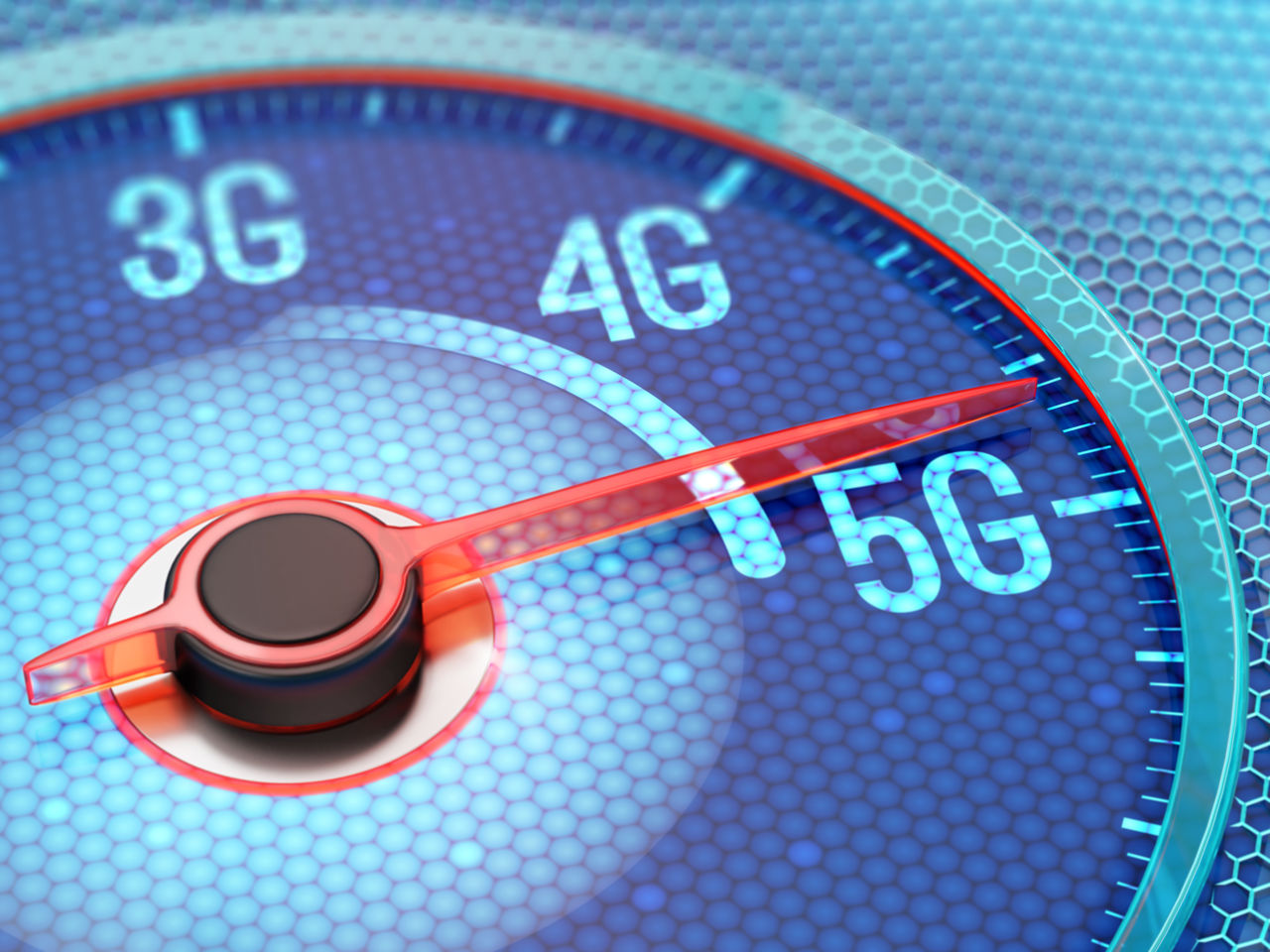
Above: The advent of 5G will quicken the adoption of technology.
More than just gut feeling
Modern testing tools already available in the marketplace allow for brands to measure the visual impact of their campaign imagery throughout the production process; what colours, shapes, messages and products have a stronger emotional pull according to unbiased associations.
The adoption of the technology is only set to grow with the advent of 5G promising the capability of real-time testing and feedback.
Unlike focus groups and surveys, implicit neuroscience techniques unlock how consumers actually feel about a brand’s visual language by measuring non-conscious, implicit responses, rather than asking respondents how they feel about the imagery. This method avoids biased answers based on the respondents’ predisposition to certain prejudices. And the adoption of the technology is only set to grow with the advent of 5G promising the capability of real-time testing and feedback.
“Half the money I spend on advertising is wasted; the trouble is, I don’t know which half”, American merchant John Wanamaker proclaimed over 100 years ago, but the saying still holds true. The issue is, brands can always retrofit the reasons for success or failure by creating a causal link between the hows and whys, regardless of the outcome. My piece of advice is; understand the emotional resonance of your content online. Test your campaign imagery before spending shrunken budgets on media distribution. Imagery has always done the heavy lifting of attracting users’ attention, whether it be a magazine page or a website.
And as they say, a picture is worth a thousand words. Make sure you’re saying the right ones with your visuals.
)




 + membership
+ membership




